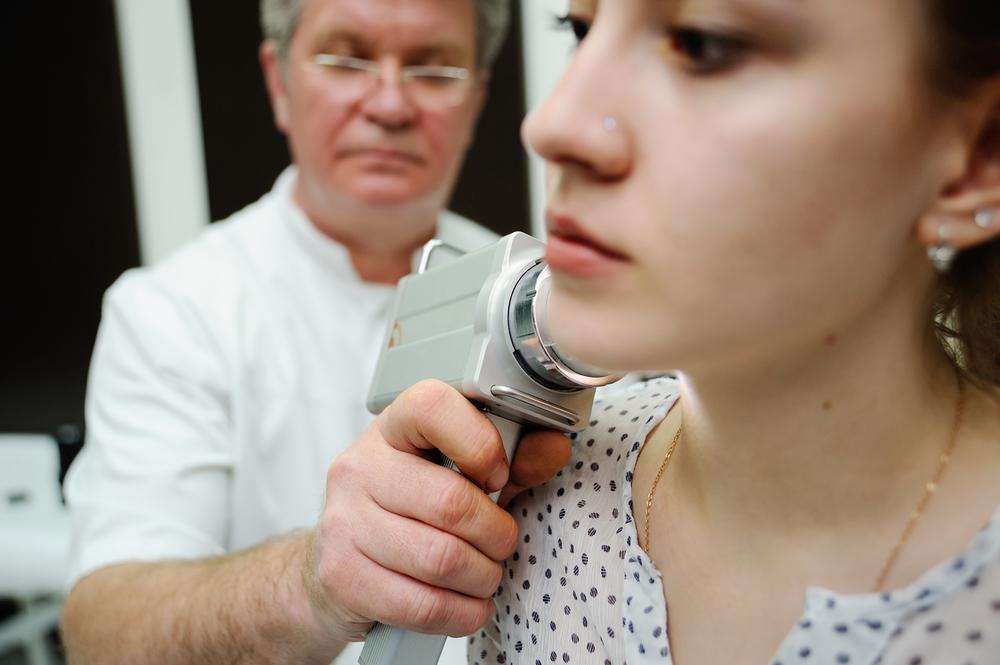Understanding Common Causes and Signs of Melanoma
This article explores the primary causes and warning signs of melanoma, emphasizing the importance of early detection. Factors such as UV exposure, skin type, and mole irregularities are discussed. Recognizing symptoms like unusual skin changes can lead to timely medical consultation, improving treatment success. Regular skin monitoring and awareness are crucial in preventing melanoma from progressing to advanced stages.

Melanoma, a severe form of skin cancer, involves malignant transformation of melanocytes, the pigment-producing cells in our skin. While skin cancers are often treatable, melanoma requires prompt attention due to its aggressive nature. Its development is linked to various factors, including genetic predisposition and environmental exposure. High sun exposure, especially with a history of sunburns, and lighter skin tones are significant risk factors. Early-stage melanoma often shows no symptoms, making regular skin checks vital. Notable signs include unusual moles, non-healing wounds, skin redness, bleeding, or changes in texture. Consulting a healthcare professional promptly can improve outcomes.
Heavy sun exposure and sunburn history
Fair skin with low melanin content
Prolonged UV radiation exposure
Multiple atypical moles










